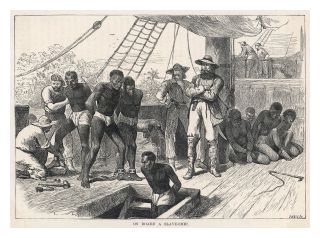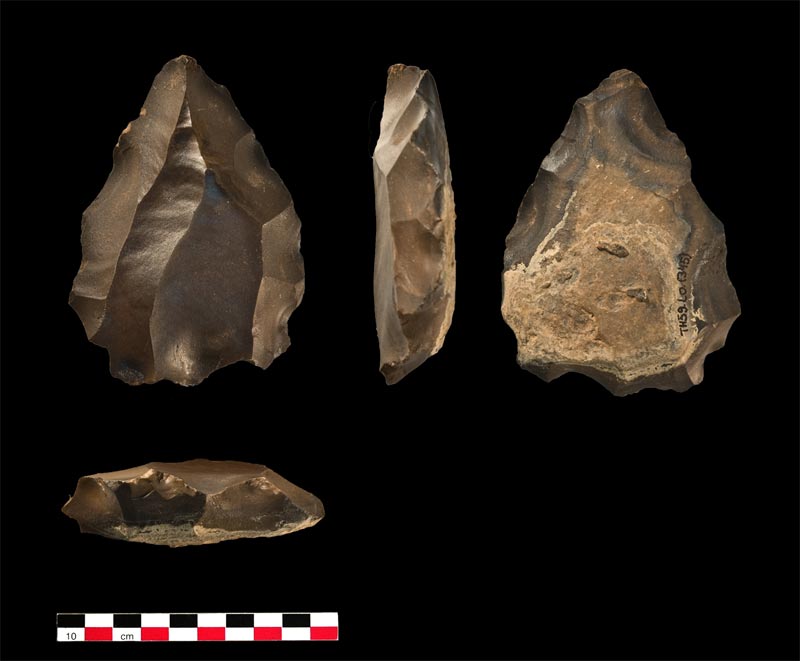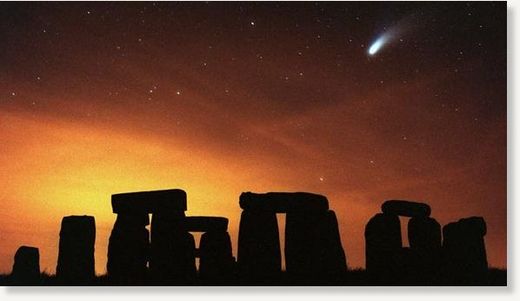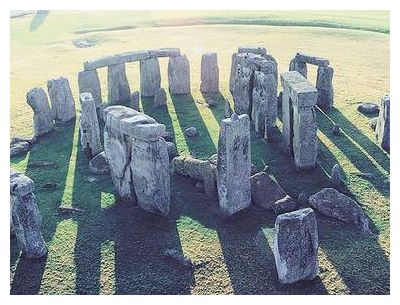
He tortured college students for fun, helped snuff-out "mob accountant" Meyer Lansky's stepson and admits to brutalizing his ex-girlfriend with a belt when she tried to leave him. He flooded the country with cocaine in the 1980s.
Regrets? He has none.
"So would you call yourself a psychopath?" The Post asked him on Friday.
"Well, that depends on how you define psychopath," Roberts said.
"A lack of empathy or remorse."
"Well, then, yes I am," he said. "I enjoyed my life. How many other people lived the life I did? Maybe that Bernie guy, but who else?"
A new disturbing but intensely enthralling as-told-to memoir, American Desperado, co-written and vetted by Generation Kill author Evan Wright, gets deep inside the head of a lifelong criminal.
While the book is littered with famous names -- a testament to what Wright refers to as his place as the "Forrest Gump of crime and depravity" -- there are also passages so dark and violent that you wonder how a man this sinister can sleep at night.











